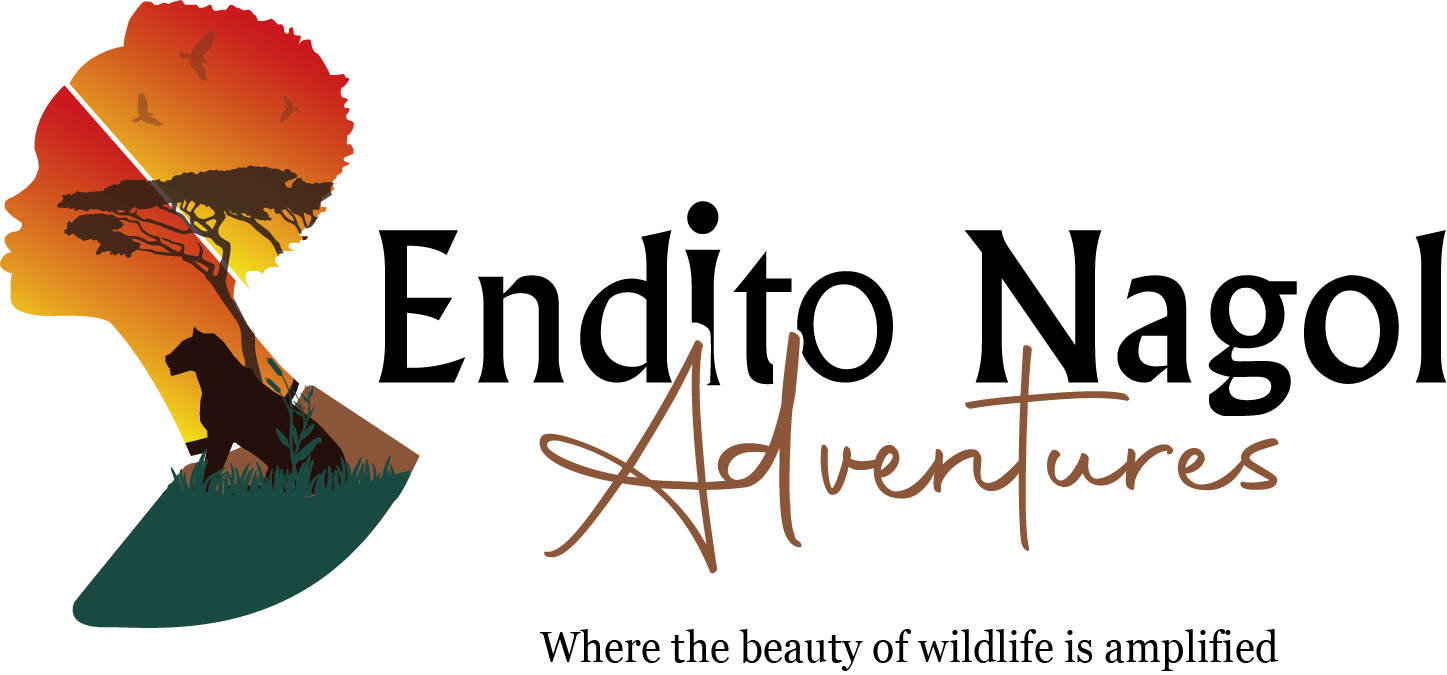Ngorongoro Conservation Area
The Ngorongoro Conservation Area (NCA) is another remarkable destination in Tanzania, known for its stunning landscapes, rich biodiversity, and cultural heritage. Here’s an overview:
Location:
- The Ngorongoro Conservation Area is located in northern Tanzania, encompassing an area of approximately 8,292 square kilometers (3,202 square miles).
- It is situated between the Serengeti National Park to the northwest and the town of Arusha to the southeast.
Key Features:
Ngorongoro Crater: The centerpiece of the conservation area is the Ngorongoro Crater, a large volcanic caldera formed by the collapse of a volcano millions of years ago. The crater is approximately 610 meters (2,000 feet) deep and spans an area of about 260 square kilometers (100 square miles). It is one of the largest intact calderas in the world and is renowned for its high density of wildlife, including lions, elephants, rhinos, buffalo, and numerous species of birds.
Olduvai Gorge: Located within the Ngorongoro Conservation Area, Olduvai Gorge is one of the most important paleoanthropological sites in the world. It has yielded fossilized remains of early humans and hominids dating back millions of years, providing valuable insights into human evolution.
Highlands and Plains: In addition to the Ngorongoro Crater, the conservation area encompasses diverse landscapes ranging from highland forests and grasslands to open plains and montane forests. These habitats support a wide variety of wildlife, including predators such as leopards and hyenas, as well as grazers like zebras, wildebeests, and gazelles.
Cultural Heritage: The Ngorongoro Conservation Area is also home to several indigenous tribes, including the Maasai people, who have lived in the region for centuries. Visitors have the opportunity to learn about Maasai culture and traditions through cultural tours and interactions with local communities.
Activities:
Safari Drives: Visitors to the Ngorongoro Conservation Area can enjoy safari drives within the crater and surrounding plains, offering excellent opportunities to observe wildlife in their natural habitat.
Hiking and Walking Safaris: Guided hikes and walking safaris are available for those interested in exploring the diverse landscapes and ecosystems of the conservation area on foot.
Cultural Tours: Cultural tours provide insight into the traditional lifestyles and customs of the Maasai people, including visits to Maasai villages, homesteads, and cultural performances.
Birdwatching: The Ngorongoro Conservation Area is a haven for birdwatchers, with over 500 bird species recorded in the region. Birdwatching enthusiasts can spot a variety of species, including flamingos, ostriches, eagles, and vultures.
Conservation and Management: The Ngorongoro Conservation Area is a UNESCO World Heritage Site and is managed by the Ngorongoro Conservation Area Authority (NCAA). The authority is responsible for conserving the area’s natural and cultural heritage while promoting sustainable tourism and livelihoods for local communities.
Overall, the Ngorongoro Conservation Area offers a unique blend of wildlife, natural beauty, and cultural heritage, making it a must-visit destination for travelers exploring northern Tanzania.
